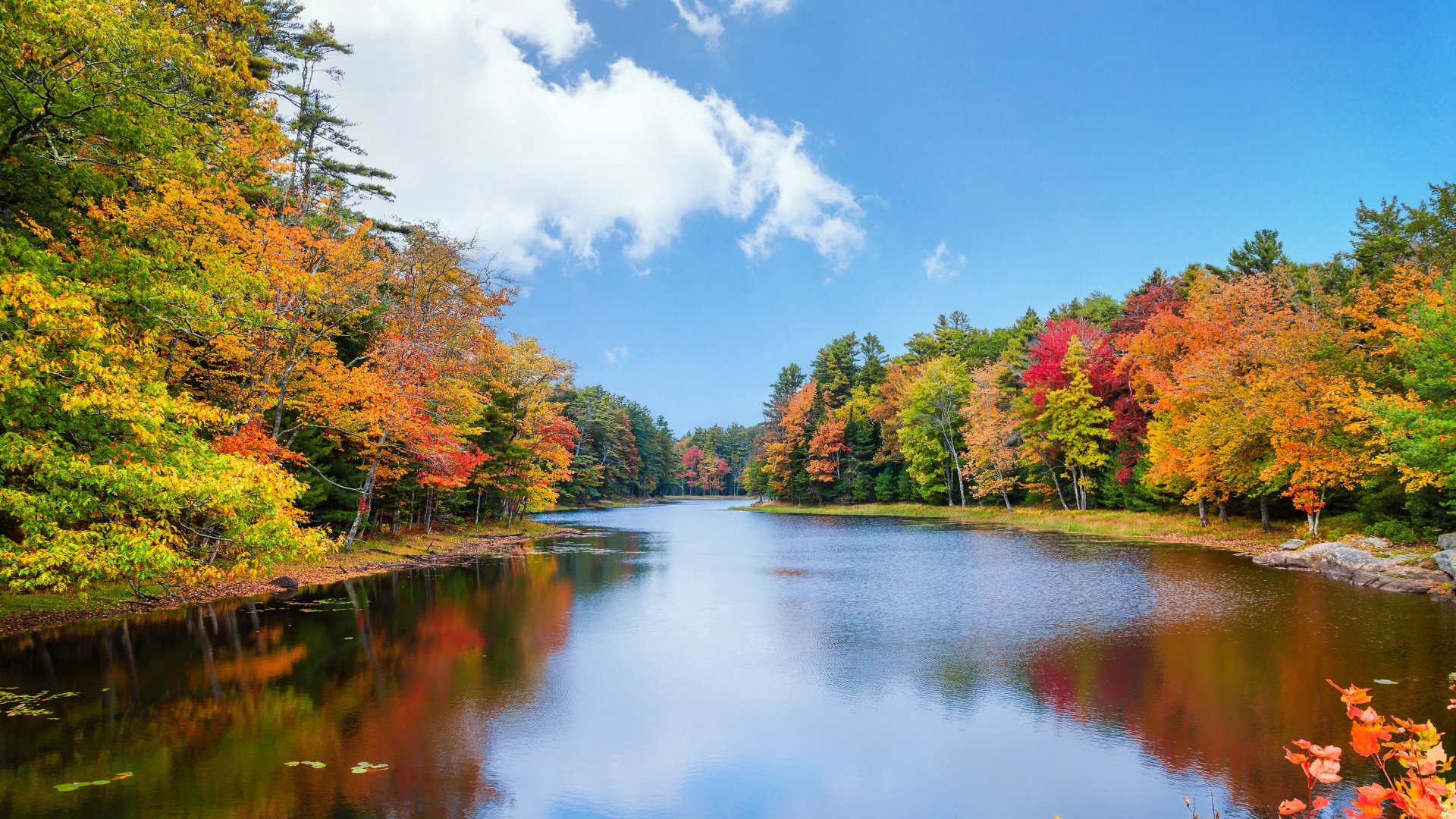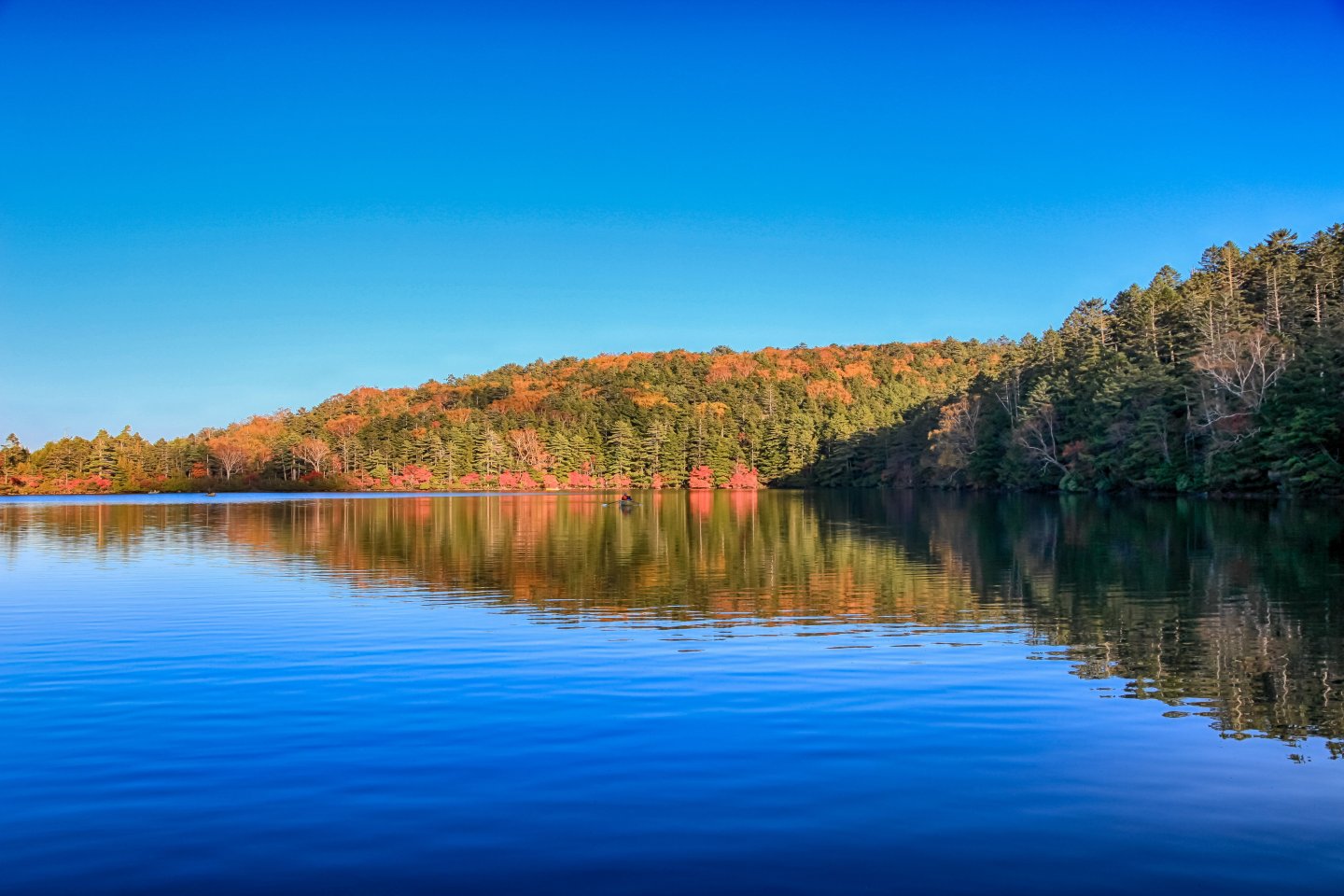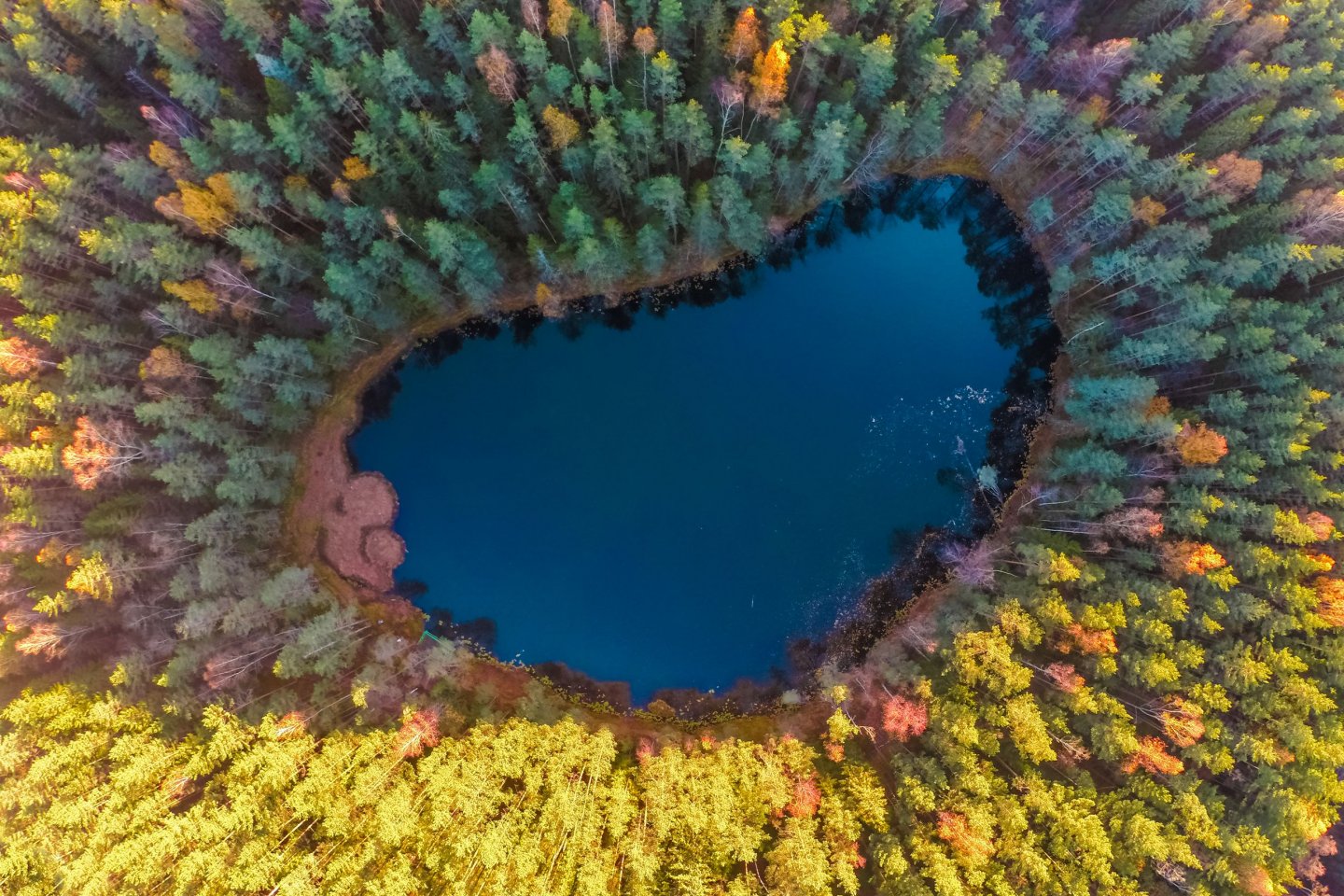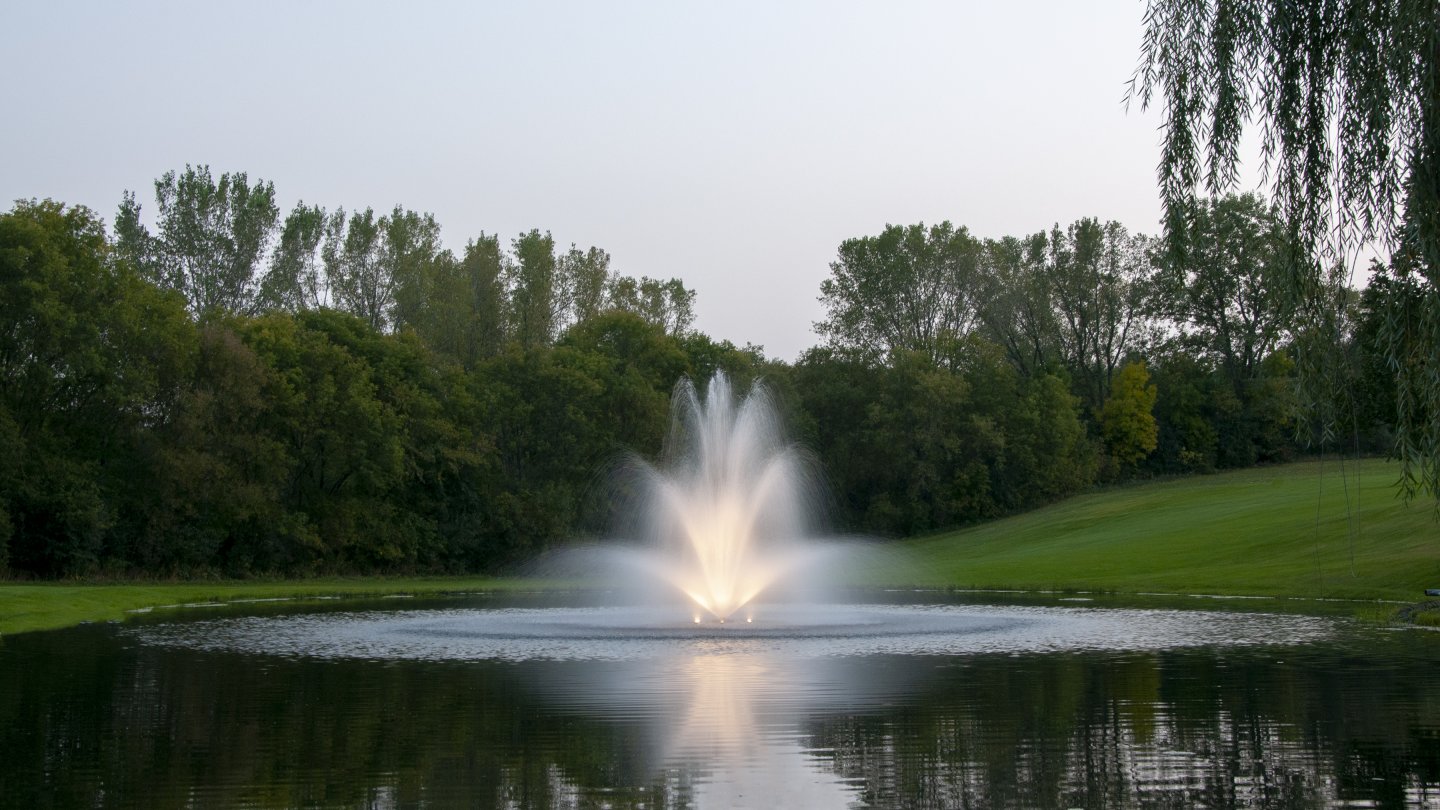
After a summer of long, hot days, the surface waters in ponds and lakes are very warm. This warmer water is physically lighter and essentially “floats” on top of the dense colder water at the bottom. The area that separates these warmer surface waters from the cooler, denser water is known as a thermocline.
As you descend beneath that thermocline, the quality of water can begin to differ wildly from the water at the pond surface. A whole array of different variables plays into water quality, but most notable are dissolved oxygen, carbon dioxide, hydrogen sulfide and methane. Little sunlight reaches the pond bottom so there is little to no algae or plant life producing oxygen. However, the driving force behind that water quality is the presence of organics (fish waste, leaf debris, grass clippings, etc.) The more organic material present, the higher the demand for oxygen and the greater potential to produce potentially toxic waste products such as carbon dioxide, hydrogen sulfite, methane, etc. from the naturally occurring bacterial community. Typically, one can expect the water quality below the thermocline in a 1-year-old pond to be better than a 30-year-old pond. Likewise, the water quality tends to be better in a pond that sits in the middle of a yard/field, versus one that sits in the middle of the woods. Fish purposefully avoid spending prolonged periods of time beneath the thermocline due to the poor water quality and lack of food. Simply put, in warm weather, the good water is at the top, so fish spend most of their time in the warmer, less dense surface waters.


As our weather begins to cool, so does the surface of the pond. This cooling of the surface waters generally results in a gentle mixing of the two layers as pond temperature becomes more uniform. However, this mixing of oxygenated surface waters and anoxic bottom waters can be rapidly accelerated by heavy rains and winds. Ultimately, the quality of water at the pond bottom dictates whether this phenomenon goes unnoticed or there’s cause for alarm. The sudden mixing of these two water chemistry types leaves the fish in one homogeneous water type. The good water they’ve been living in on the surface has just been fouled by the bad water below. They either persevere through the conditions, assuming they aren’t bad enough, or die from lack of oxygen and/or high concentration of toxic gasses. If the mixing of water is very sudden, you may also notice swamp gas odors or sudden reduction in clarity of the water. The odor is from the release of swamp gasses that were produced at the pond bottom and now have atmospheric exposure.
The easiest way to prevent a turnover from occurring is to never allow stratification to happen. This can easily be done with the installation of our CPA bottom-based units which mix the pond 24/7 never allowing earth and atmosphere to draw that line in the sand so to speak. The other option is to have a surface aerator – be it a decorative fountain or a surface agitator. Surface units rapidly infuse dissolved oxygen and promote quicker degasification of swamp gasses.
Questions about turnover or different aeration options? Call our office at 800.662.3474.


